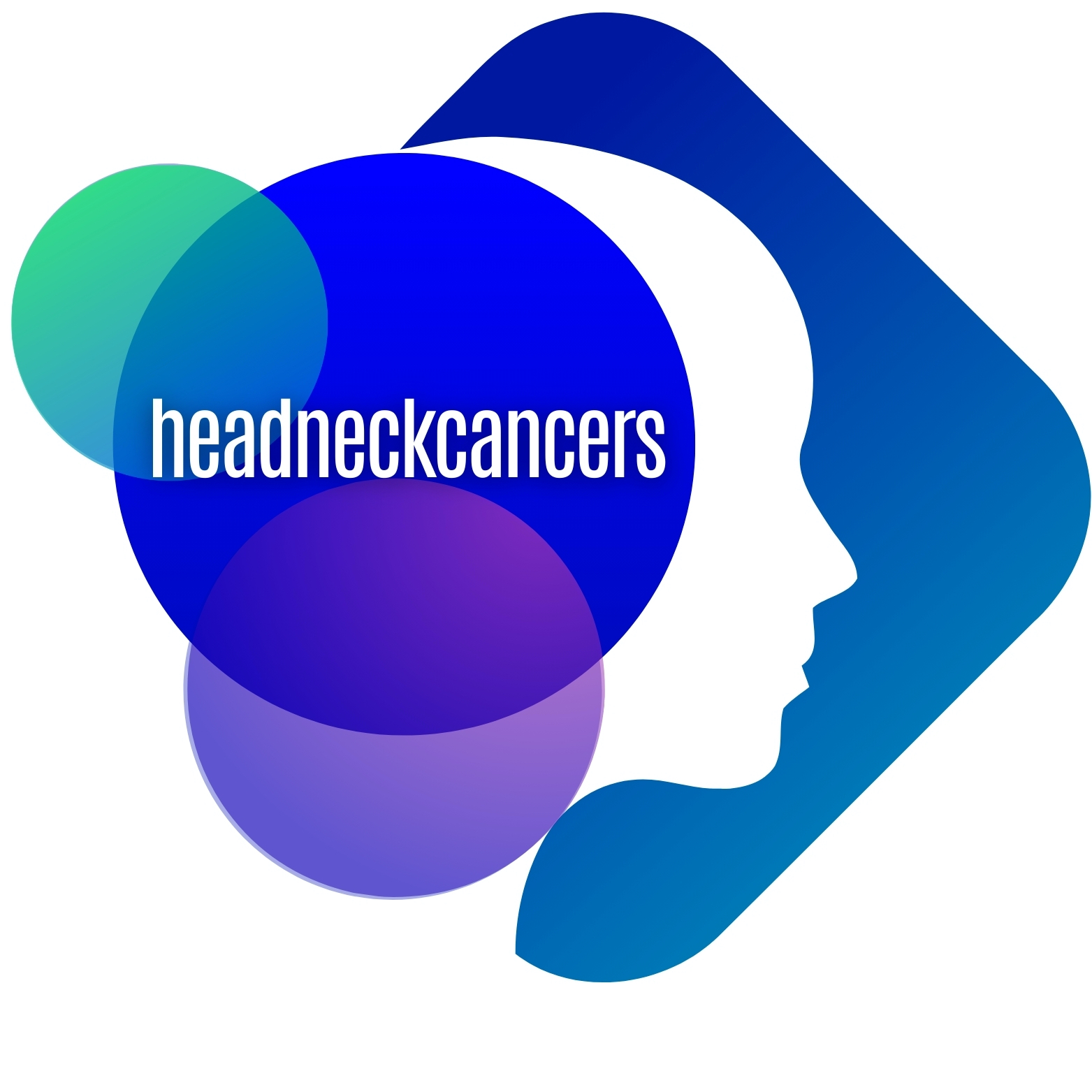Oropharyngeal cancer is cancer in your oropharynx, the middle section of your throat (pharynx) that makes saliva, keeps your mouth and throat moist and helps you digest food. Healthcare providers have different ways to treat oropharyngeal cancer, but the disease may come back (recur) after treatment. Although you may not be able to avoid oropharyngeal cancer, you may reduce your risk of developing it by protecting yourself against human papillomavirus (HPV), not smoking cigarettes and drinking beverages containing alcohol in moderation.
Tonsil cancer is the most common type of oropharyngeal cancer. People may also develop oropharyngeal cancer in their gums, the floor of their mouths and their oropharynxes.
Around new 8,500 cases of oropharyngeal cancer are diagnosed in the UK each year.
What causes oropharyngeal cancer?
- Human papillomavirus (HPV) infection is the most common cause. HPV makes proteins that interfere with genes that manage the cells lining your mouth and throat, including how fast these cells grow. Oropharyngeal cancer happens when genes stop managing cell growth and cells grow uncontrollably and form tumors. Other causes include:
- Tobacco: Tobacco use, including smoking cigarettes and cigars and using chewing tobacco, damages the cells that line your throat. Cells in your throat react to damage by dividing more than usual, which means they’re making more copies of their DNA than usual. The more cells have to divide to compensate for damaged cells, the more likely cells will make mistakes in copying their DNA, which increases the chance cells will become cancerous.
- Alcohol: Drinking beverages containing alcohol may damage cells in your throat, affecting their ability to repair DNA.
What are the symptoms of oropharyngeal cancer?
Oropharyngeal cancer symptoms may resemble symptoms of other less serious medical issues. Common oropharyngeal cancer symptoms include:
- A sore throat (pharyngitis) that doesn’t go away.
- Pain or difficulty with swallowing (dysphagia).
- Trouble opening up your mouth fully (trismus) or moving your tongue.
- Unexplained weight loss.
- Voice changes that don’t go away.
- Ear pain that doesn’t go away.
- A lump in the back of your throat or mouth.
- A lump in your neck.
- Coughing up blood.
- A white patch on your tongue or lining of your mouth that doesn’t go away.
What is the treatment for oropharyngeal cancer?
Providers may do an endoscopic biopsy to obtain tissues. Endoscopes are thin, flexible tubes that have tiny cameras and cutting tools on the tip that providers use to obtain a small sample of tissue. A medical pathologist examines the tissue under a microscope for signs of cancer and/or HPV.
They may do the following imaging tests:
- Computed tomography (CT) scan: Providers may use CT scans to measure tumors’ size and determine whether a tumor has spread. They may combine this scan with positron emission tomography (PET) scans.
- Magnetic resonance imaging (MRI) scan: This test produces detailed images of your body, especially images of soft tissue, such as your tonsils and the base of your tongue. An MRI also helps providers determine tumor size.
Providers may use surgery, radiation therapy, chemotherapy, targeted drug therapy or immunotherapy to treat oropharyngeal cancer. Their goal is to remove cancer cells without limiting your ability to speak and swallow as normally as possible.
Can oropharyngeal cancer be prevented?
- Avoid human papillomavirus (HPV) infection. Having multiple sex partners and/or having oral sex increases your risk of developing HPV. Ask your doctor about the HPV vaccine.
- Don’t start smoking. If you smoke cigarettes or use tobacco products, quit. Continuing to smoke greatly increases the risk of developing a second cancer in your mouth, throat or voice box or lungs. Ask your healthcare provider for help. They have many resources and can put you in touch with health professionals that can help you quit.
- Don’t drink beverages containing alcohol on a regular basis or in large amounts. Alcohol increases the cancer-causing effects of tobacco, so it’s especially important to avoid this combination.

